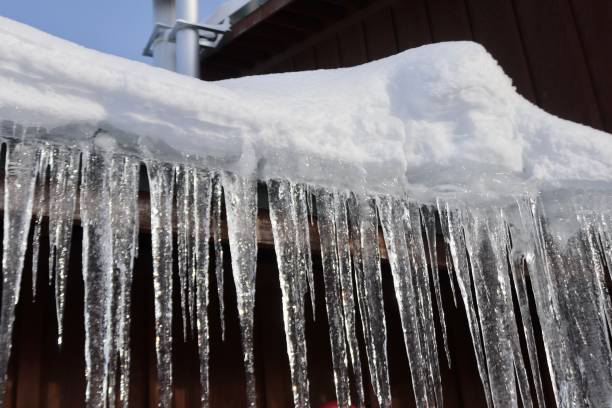Presented here down the page you can find a good deal of wonderful content in regards to Prevent Frozen Pipes .

Cold weather can ruin your plumbing, especially by freezing pipes. Here's just how to prevent it from taking place and what to do if it does.
Intro
As temperatures drop, the risk of frozen pipes rises, potentially causing expensive repair work and water damages. Comprehending how to stop frozen pipelines is essential for home owners in cold climates.
Prevention Tips
Protecting at risk pipes
Wrap pipelines in insulation sleeves or utilize warm tape to shield them from freezing temperatures. Focus on pipes in unheated or exterior areas of the home.
Home heating methods
Maintain interior areas sufficiently heated, especially areas with pipes. Open up closet doors to permit cozy air to distribute around pipelines under sinks.
How to identify frozen pipes
Search for reduced water flow from taps, unusual odors or noises from pipes, and noticeable frost on subjected pipes.
Long-Term Solutions
Architectural adjustments
Consider rerouting pipes away from exterior wall surfaces or unheated areas. Add additional insulation to attics, basements, and crawl spaces.
Upgrading insulation
Buy high-grade insulation for pipelines, attics, and walls. Correct insulation aids preserve regular temperature levels and reduces the risk of frozen pipes.
Safeguarding Exterior Pipes
Yard hoses and outside faucets
Separate and drain pipes yard tubes prior to wintertime. Set up frost-proof faucets or cover exterior taps with protected caps.
Comprehending Icy Pipelines
What triggers pipes to freeze?
Pipelines freeze when exposed to temperature levels listed below 32 ° F (0 ° C) for prolonged periods. As water inside the pipelines freezes, it increases, putting pressure on the pipeline walls and possibly causing them to burst.
Threats and damages
Frozen pipelines can cause supply of water disruptions, residential property damage, and expensive repair services. Ruptured pipes can flooding homes and cause comprehensive architectural damages.
Signs of Frozen Pipes
Recognizing frozen pipelines early can avoid them from bursting.
What to Do If Your Pipelines Freeze
Immediate activities to take
If you presume frozen pipelines, maintain faucets open to alleviate stress as the ice melts. Use a hairdryer or towels taken in hot water to thaw pipes slowly.
Verdict
Avoiding frozen pipes calls for aggressive measures and quick feedbacks. By understanding the causes, indications, and safety nets, house owners can protect their plumbing during cold weather.
5 Ways to Prevent Frozen Pipes
Drain Outdoor Faucets and Disconnect Hoses
First, close the shut-off valve that controls the flow of water in the pipe to your outdoor faucet. Then, head outside to disconnect and drain your hose and open the outdoor faucet to allow the water to completely drain out of the line. Turn off the faucet when done. Finally, head back to the shut-off valve and drain the remaining water inside the pipe into a bucket or container. Additionally, if you have a home irrigation system, you should consider hiring an expert to clear the system of water each year.
Insulate Pipes
One of the best and most cost-effective methods for preventing frozen water pipes is to wrap your pipes with insulation. This is especially important for areas in your home that aren’t exposed to heat, such as an attic. We suggest using foam sleeves, which can typically be found at your local hardware store.
Keep Heat Running at 65
Your pipes are located inside your walls, and the temperature there is much colder than the rest of the house. To prevent your pipes from freezing, The Insurance Information Institute suggests that you keep your home heated to at least 65 degrees, even when traveling. You may want to invest in smart devices that can keep an eye on the temperature in your home while you’re away.
Leave Water Dripping
Moving water — even a small trickle — can prevent ice from forming inside your pipes. When freezing temps are imminent, start a drip of water from all faucets that serve exposed pipes. Leaving a few faucets running will also help relieve pressure inside the pipes and help prevent a rupture if the water inside freezes.
Open Cupboard Doors
Warm your kitchen and bathroom pipes by opening cupboards and vanities. You should also leave your interior doors ajar to help warm air circulate evenly throughout your home.

I recently found that article about Prevent Frozen Pipes while doing a search on the internet. For those who appreciated our post kindly be sure to share it. Kudos for your time. Kindly come visit our blog back soon.
Click Here